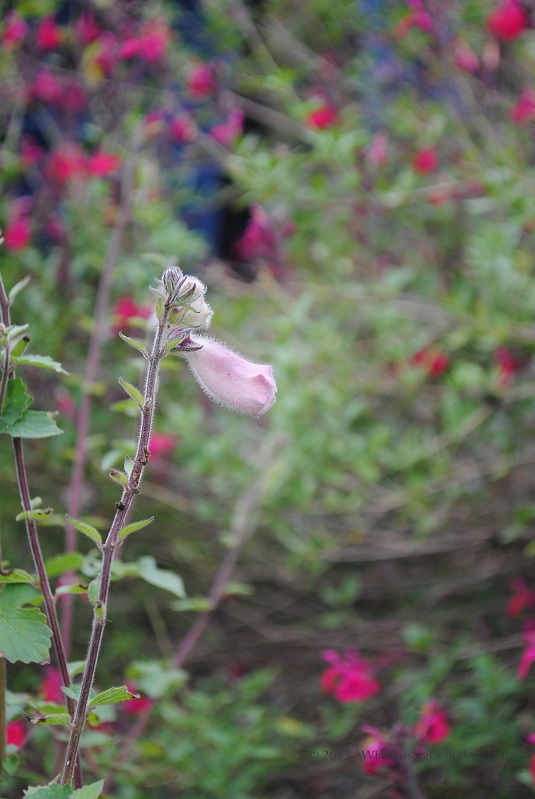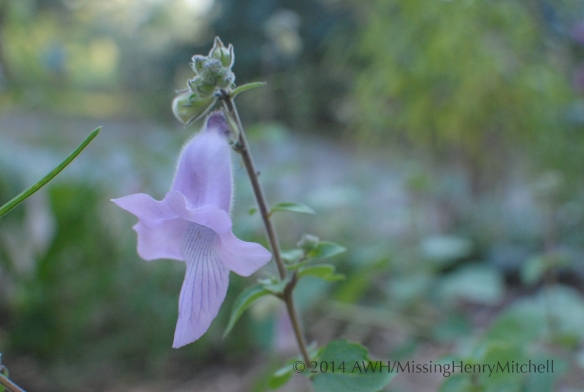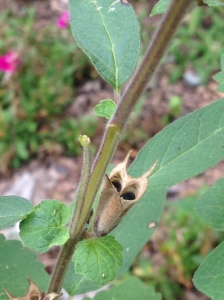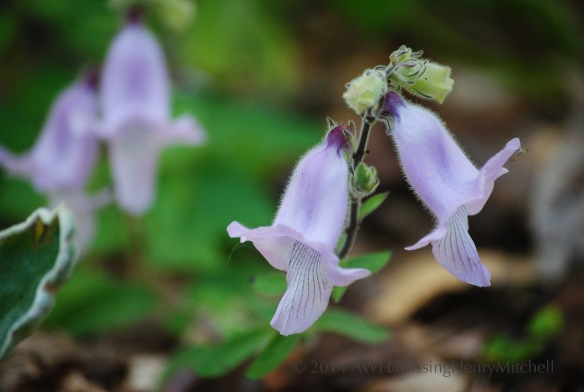To continue with the seed-saving series, let’s focus on cucurbits (melons, squash, cucumbers). As with corn, the seed-saving challenge for the home sub/urban gardener will be to maintain a population size that will permit seasonal attrition and genetic diversity.
|
Common name
|
Scientific name
|
Variety name
|
Isolation distance
|
Population size
|
Pollinators
|
| Melons, cantaloupe |
Cucumis melo |
‘Minnesota Midget’ |
1600’ |
10-20 |
Insects |
Know what you grow.
When it comes to cucurbits, the gardener must know the scientific names of the crops she wants to grow. Cucurbits will cross-pollinate within their species (Cucumis melo with other Cucumis melo) but not inter-species, i.e., within the genus. So you can grow ‘Minnesota Midget’ cantaloupe next to your zucchini (Cucurbita pepo), and they’ll be fine. But you cannot grow cantaloupes, honeydew melons, and crenshaws together (all Cucumis melo) without expecting cross-pollination.
Common names in this family can be misleading. Armenian cucumbers, for example, are Cucumis melo, but regular salad-type cucumbers are Cucumis sativus. Summer squash, another cucurbit, is Cucurbita pepo, as are pumpkins, but winter squash may be Cucurbita pepo (acorn, crookneck, scallop-type, and spaghetti squash; zucchini; and pumpkins) Cucurbita maxima (hubbard and turban squash, buttercup squash, and some pumpkins), Cucurbita moschata (butternut squash), or Cucurbita argyrosperma.
In short, if the Latin name is the same, you can’t grow them together without cross-pollination. If the first half of the name is the same but the second half isn’t (Cucurbita pepo and Cucurbita moschata), you’ll be fine.
Getting them growing
First, keep cantaloupes and other muskmelons 1600 feet away from other muskmelons (what’s your neighbor growing over his fence?).
Cucurbits are insect-pollinated, and given the distressing decline in native pollinator populations, it’s not fair to assume you’ll have a healthy supply of wild pollinators nearby. Without an abundance of natural pollinators, you may have to resort to hand-pollination to get any fruit set. Fortunately, hand-pollinating is quite simple.
Cucurbits produce male and female flowers on the same plant. Fruit will form from the female flowers if they are pollinated. Female flowers can be distinguished from male flowers by the fruit (the bulbous part, or ovary) at the base of the flower. Male flowers do not have an ovary.

Male flowers (squash flowers are pictured) have straight stems and no bulbous structure (ovary) at the flower’s base.

Female flowers (squash flower pictured here) have a bulbous structure, the ovary, between the stem and the flower petals. The ovary will develop into the fruit after pollination.
To hand-pollinate your plant, pick a male flower from the plant and peel back its petals, exposing the pollen on the anthers. Find a female flower, and gently open its petals if necessary. Rub the pollen on the stigma, and let the petals fall back to their original position. One male flower can pollinate multiple female flowers.
The flowers tend to open early in the morning, and close as the heat of the day increases, so plan your pollination activity accordingly. A peculiar habit of cucurbits is that the female flowers often develop later in the season than the male flowers. Day length, light intensity, and temperature all influence the ratio of male to female flowers produced. Long, hot days yield more male flowers; cooler temperatures and shorter days yield more female flowers.
Saving the seed:
Muskmelons are easy. When the melon is ready to eat, the seed is ripe. Separate the seeds from the flesh, rinse them clean, and allow them to dry on a screen away from heat and direct light. Store in a clean glass jar or paper envelope in a cool, dry place.




















![Female acorn squash flower (Cucurbita pepo) showing large, dark-yellow stigma. By Forest and Kim Starr [CC-BY-2.0 (http://creativecommons.org/licenses/by/2.0)], via Wikimedia Commons](https://missinghenrymitchell.files.wordpress.com/2014/03/320px-cucurbita_pepo-acorn_squash_female_flower-makawao.jpg?w=584)


